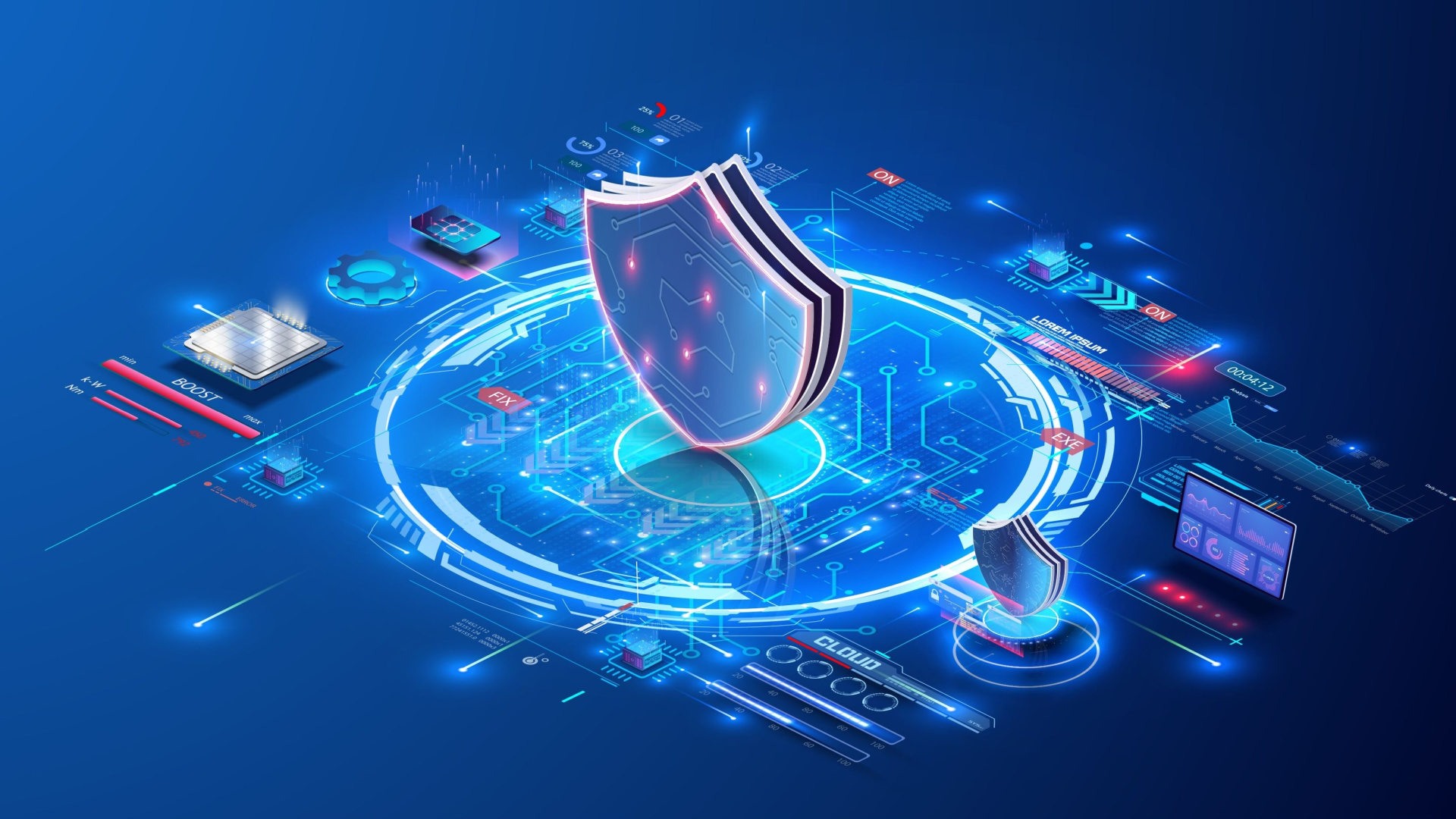# Gartner: Enabling Cybersecurity Amid Geopolitical Rifts
The digital and physical worlds are increasingly intertwined, amplifying both the complexity and stakes for cybersecurity and risk management leaders. As geopolitical tensions escalate, regulatory requirements evolve, and third-party risks grow, Strategic Risk Management (SRM) leaders must move beyond reactive security models to protect their organizations.
## The Growing Influence of Geopolitics on Cybersecurity
Geopolitical instability is no longer a backdrop – it's a direct driver of security decision-making. Gartner predicts that by 2029, geopolitics will be a significant consideration in security programs managed by global organizations. Three key forces drive this shift:
* Regulatory fragmentation: Governments worldwide are enforcing stricter data sovereignty laws, compelling businesses to reassess cloud computing strategies and third-party relationships. * Increased cyber risks from third parties: The growing influence of third-party vendors introduces potential vulnerabilities, making traditional cybersecurity approaches insufficient. * Growing importance of cyber resilience: Organizations must prioritize building resilience in the face of volatile threats.
## Cyber Deterrence: A Transformative Strategy
Cyber deterrence is an underutilized strategy with transformative potential for mitigating cyber risk before attacks occur. Unlike conventional security measures, deterrence discourages attacks by increasing the perceived costs for adversaries, aligning with their motivations for profit and anonymity.
Deterrence measures include:
* Automated domain takedowns * Bug bounty programs * Deception technologies such as honeypots
By 2027, over 75% of large enterprises deploying deterrence tactics will expand these measures, creating new benchmarks for operational resilience. However, effective deterrence remains underdeveloped in most organizations.
## The Rise of Third-Party Cyber Risks
The growing reliance on third-party vendors introduces potential vulnerabilities, and many businesses lack full visibility into their extended attack surface. Traditional third-party cyber risk management (TPCRM) approaches – lengthy security questionnaires and periodic audits – are proving insufficient in today's fast-moving threat landscape.
Organizations need new ways to assess and monitor third-party risk in real time. Tools like generative AI (GenAI) are beginning to play a role in automating risk assessments, identifying anomalies, and flagging potential vulnerabilities before they can be exploited.
## Building Resilience
The ability to anticipate, withstand, and recover from cyber disruptions determines whether an organization can maintain operations in an increasingly volatile world. SRM leaders must prioritize resilience, deterrence, and collaboration in their organizations to navigate this dynamic landscape.
By adopting a proactive approach, SRM leaders can:
* Prioritize geopolitical awareness * Integrate cyber deterrence into cybersecurity strategies * Leverage tools like GenAI for real-time risk assessments
Ultimately, the convergence of geopolitical risk, third-party vulnerabilities, and technological disruption presents a complex challenge – but also an opportunity for organizations to build resilience and stay ahead in the ever-evolving threat landscape.
